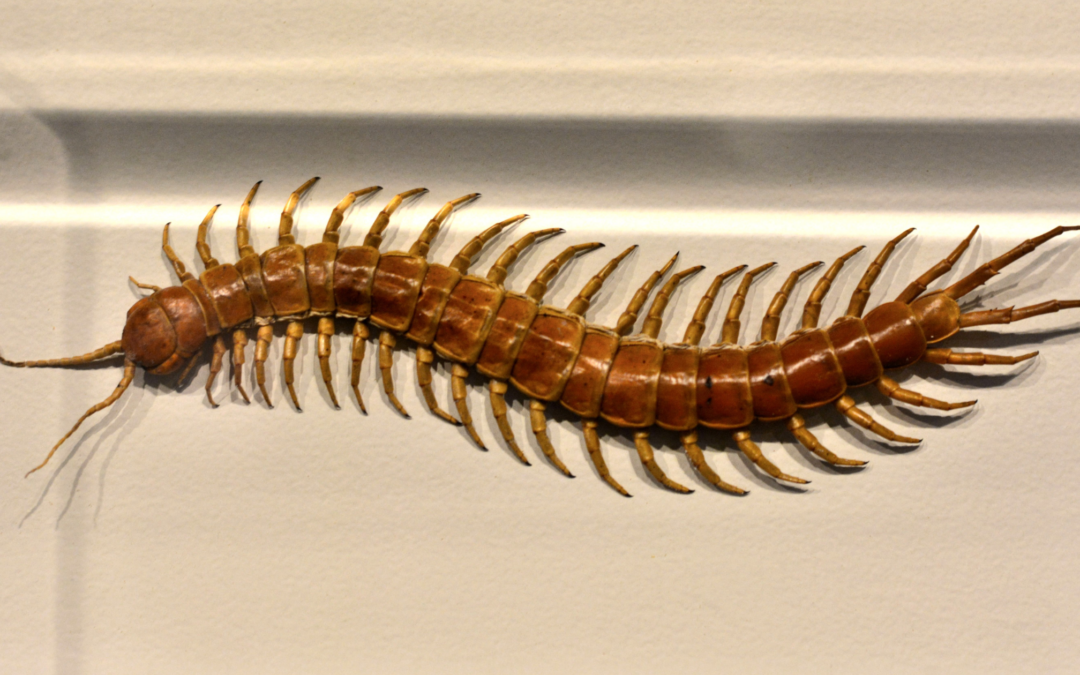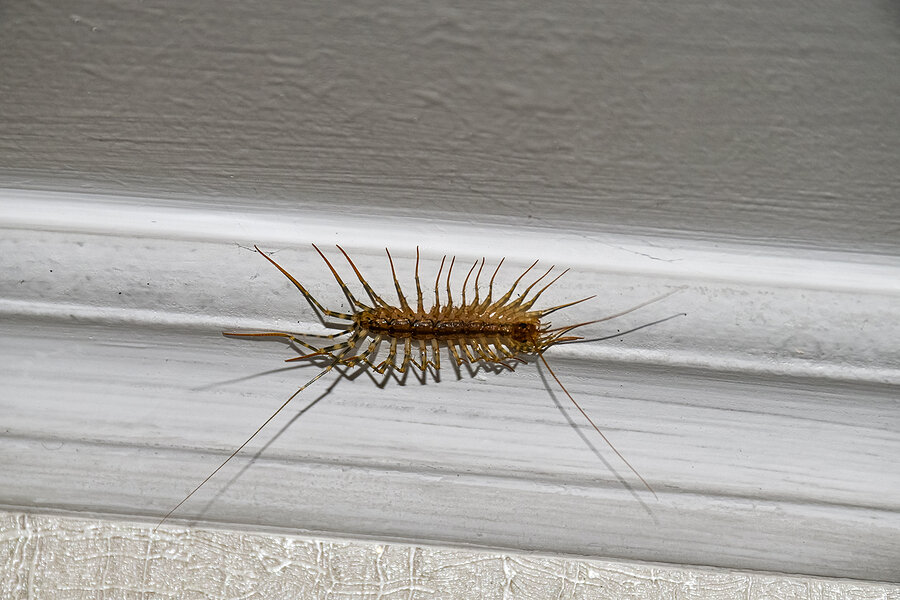READY TO GET STARTED?
REQUEST A FREE ESTIMATE
Fill out the form below or call (888) 466-7849 for a free, no-obligation estimate.

Centipedes, with their numerous legs and speedy movements, are not exactly a welcome sight in any home. As common household pests, centipedes can be a nuisance, but understanding what attracts centipedes to your home is the first step towards effective pest control. In this blog post, we’ll delve into the basics of centipedes, how they find their way indoors, signs of infestation, and crucial tips for prevention and elimination.
Centipedes are arthropods belonging to the class Chilopoda. Despite their name, centipedes do not have a hundred legs; the number varies depending on the species but typically ranges from 15 to 177 pairs. Known for their long, segmented bodies and swift movements, centipedes are carnivorous, preying on insects and spiders.
Centipedes are attracted to homes for several reasons. Understanding these factors can help you take proactive steps to keep them at bay.
Identifying a centipede infestation early is crucial for effective pest control. Look out for the following signs:
Don’t let centipedes take over your home. Take proactive steps and ensure a pest-free living environment. Our expert pest control team in Georgia is ready to assist you. Request a free pest control quote today and enjoy the peace of mind that comes with a centipede-free home.
Remember, early detection and preventive measures are crucial in keeping centipedes and other household pests at bay. With the right approach, you can enjoy a comfortable and pest-free living space in Georgia.

While centipedes can be unsettling to find in your home, they aren’t actually harmful to humans and can be quite beneficial to have around. Centipedes will eat almost any other kind of bug (even other centipedes!) and can help keep other pest populations down. While they can bite humans, these instances are rare. They also don’t cause damage to your home. How do you know if you’re just seeing a random bug or if you’re dealing with a full-fledged infestation? Here are some common signs of a centipede infestation.
The most common sign of a centipede infestation is seeing them in your home. Centipedes are yellow to dark brown with elongated bodies, about 1″ to 1-1/2″ in length. They also have dark stripes running down their backs. They can have up to 15 pairs of legs extending from their bodies with their hind legs longer than the other legs (often mistaken for antennae). Centipedes are usually seen at night and are commonly found near damp areas of your home.
Centipedes will eat other bugs like ants, roaches, spiders, bed bugs, and silverfish. As the populations of these other pests increase in and around your home, so will centipedes looking for a meal. On the flip side, seeing an increased number of centipedes in your home could also indicate you have a problem with other pests, as well.
Centipede infestations are more common in spring and fall than they are in summer and winter. Spring is the time of year when centipede eggs hatch. Any overwintering pests that have laid eggs inside your home will emerge in abundance when the weather warms up. Centipedes also become more prevalent in the fall when temperatures start dropping. They can’t survive temps below freezing so they will make their way indoors looking for warmth and shelter during the winter. They are especially attracted to moisture and will often be found in basements and bathrooms.
Centipedes can get into your home through cracks in the exterior or in foundations. Once inside, they’ll then hide out in dark damp places, such as drains, cracks, crevices, bathtubs, and sinks.
Getting rid of centipedes can be a challenge. If you have a problem with centipedes in your home, try:
Termite Control Tips for Summer
Why Do I Have Ants in My Kitchen?